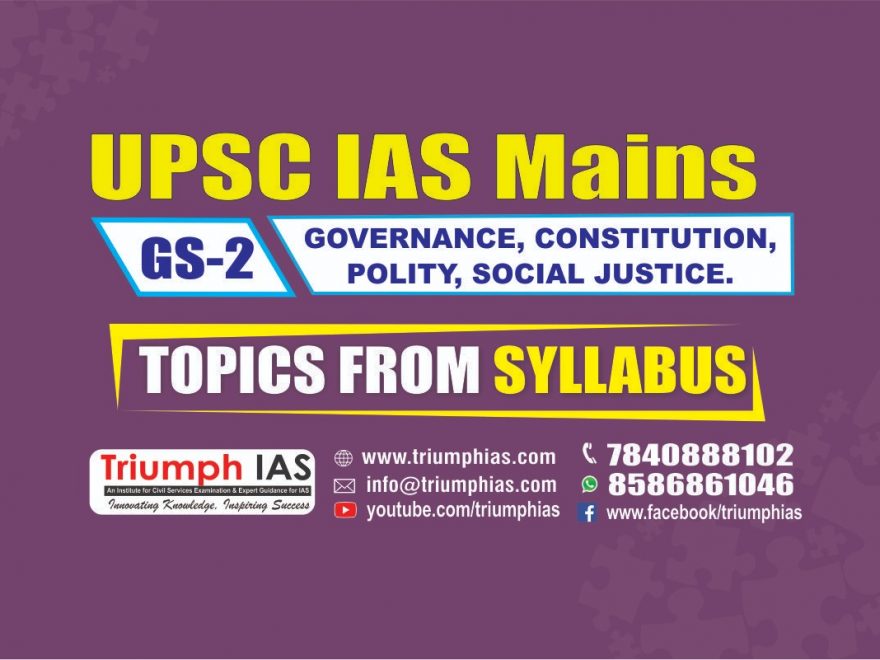Relevance: prelims/mains: G.S paper II: Functions and responsibilities of the Government; Separation of powers between various organs.
The Law
Amid repeated demands for such an ombudsman, many attempts were made at legislation, with Lokpal Bills introduced in 1971, 1977, 1985, 1989, 1996, 1998, 2001, 2005 and 2008, but none of these was passed. It was four decades after the introduction of the first Bill that the Lokpal and Lokayuktas Act was enacted in December 2013. This was the fallout of a public movement for a Jan Lokpal Bill, initiated by activist Anna Hazare and others such as Kiran Bedi and Arvind Kejriwal. Under pressure at a time when it was facing several allegations of corruption, the then UPA government brought the Bill and it was passed after several hurdles.
Lokpal and Lokayuktas Act
The main function of Lokpal and Lokayukta is –
- to address complaints of corruption,
- to make inquiries, investigations, and
- to conduct trials for the case on respective state and central government
- to help in curbing the corruption in the central and state government
The Lokpal and Lokayuktas Act, 2013 provides for establishing a body to be called the Lokpal and headed by a Chairperson:
- who is or has been a Chief Justice of India
- or is or has been a judge of the Supreme Court
- or an eminent person who fulfils eligibility criteria as specified
Of its other members, not exceeding eight, 50% are to be judicial members, provided that not less than 50% of the members belong to the Scheduled Castess, Scheduled Tribes, OBCs, minorities, and women.
Salient features of the Act
- The Lokpal to consist of a Chairperson and a maximum of eight Members, of which fifty percent shall be judicial Members. Fifty per cent of members of Lokpal shall be from amongst SC, ST, OBCs, Minorities and Women.
2.The selection of Chairperson and Members of Lokpal shall be through a Selection Committee consisting of –
a) Prime Minister;
b) Speaker of Lok Sabha;
c) Leader of Opposition in the Lok Sabha;
d) Chief Justice of India or a sitting Supreme Court Judge nominated by CJI;
e) An eminent jurist to be nominated by the President of India.
3. A Search Committee will assist the Selection Committee in the process of selection. Fifty per cent of members of the Search Committee shall also be from amongst SC, ST, OBCs, Minorities and Women.
4. Lokpal’s jurisdiction will cover all categories of public servants including Group ‘A’, ‘B’, ‘C’ & ‘D’ officers and employees of Government. On complaints referred to CVC by Lokpal, CVC will send its report of Preliminary enquiry in respect of Group ‘A’ and ‘B’ officers back to Lokpal for further decision. With respect to Group ‘C’ and ‘D’ employees, CVC will proceed further in exercise of its own powers under the CVC Act subject to reporting and review by Lokpal.
5. All entities receiving donations from foreign source in the context of the Foreign Contribution Regulation Act (FCRA) in excess of Rs. 10 lakhs per year are brought under the jurisdiction of Lokpal.
- Lokpal will have power of superintendence and direction over any investigation agency including CBI for cases referred to them by Lokpal.
- A high powered Committee chaired by the Prime Minister will recommend selection of the Director, CBI.
- Attachment and confiscation of property of public servants acquired by corrupt means, even while prosecution is pending.

